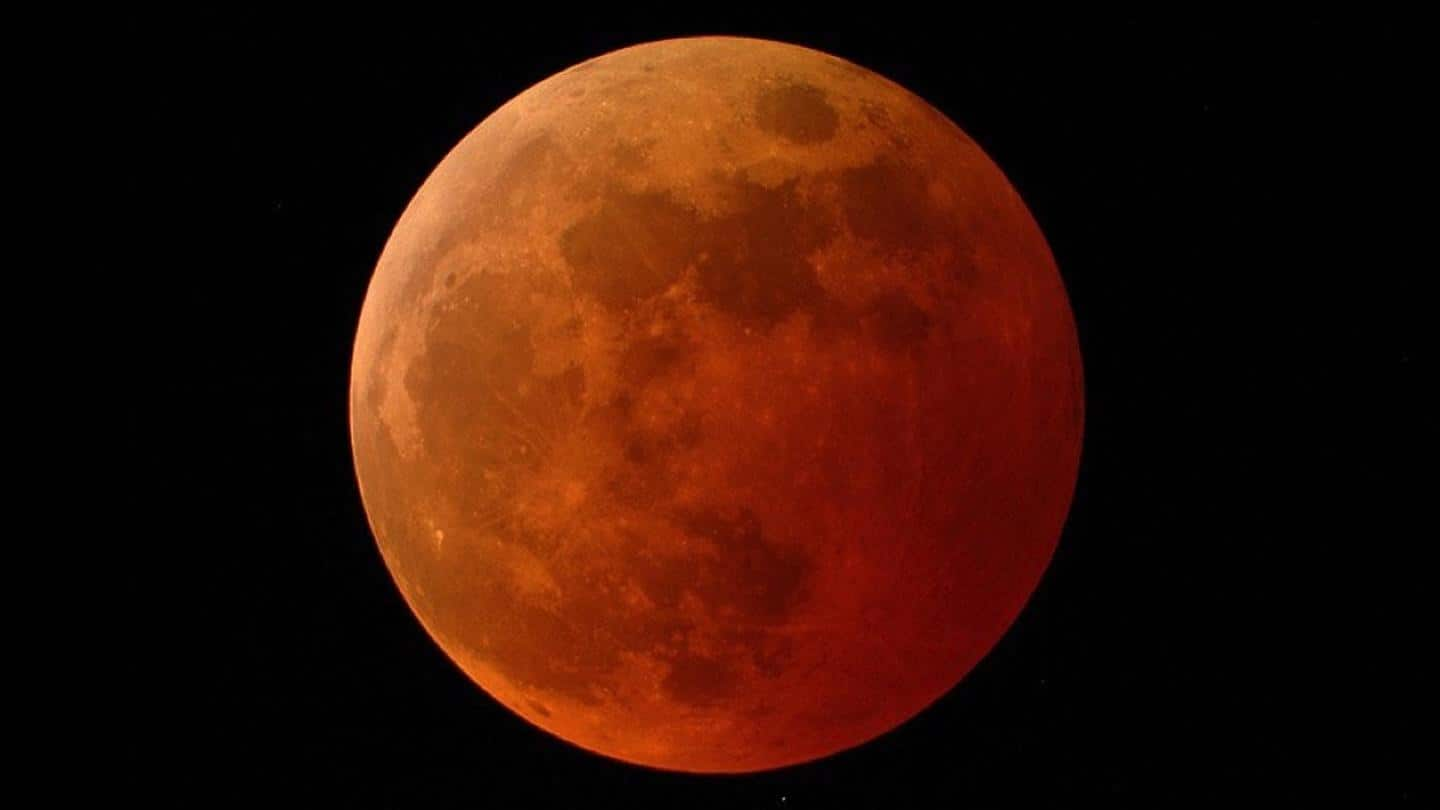
Lunar eclipse on November 8: How to watch 'Blood Moon'
What's the story
After witnessing the last partial solar eclipse of the year, we will now see the final lunar eclipse of the year on November 8. The event will take place from 8:02 to 13:50 (UTC). This will be a 'Blood Moon.' What's significant about this event is that a complete lunar eclipse is not expected to occur for the next three years.
Context
Why does this story matter?
If you miss November's complete lunar eclipse, then you will have to wait until March 14, 2025 to witness the next one. However, partial lunar eclipses will continue to occur over this period. The last lunar eclipse of 2022 is also special because the Moon will appear red. This is because the Moon will only receive sunlight that is scattered by the Earth's atmosphere.
Fact
When does a lunar eclipse occur?
A lunar eclipse occurs when the Earth aligns itself between the Sun and the Moon. In a total lunar eclipse, the moon is positioned in the umbra, or the darkest part of Earth's shadow. According to NASA, the eclipse will last for about six hours from 8:02 to 13:50 (UTC). The Moon will be in constellation Aries and will appear red.
Visibility
Who can see the lunar eclipse?
The stage of the eclipse where the Moon is completely in Earth's shadow can be witnessed from North America, Central America, Ecuador, Colombia, and western portions of Venezuela and Peru. It will also be visible from parts of Asia, Australia, and New Zealand. People in Alaska and Hawaii will be the lucky ones who get to see all the stages of the eclipse.
Instructions
How to watch the last lunar eclipse of 2022?
You do not need any special equipment to see the lunar eclipse. Using a telescope or binoculars might offer a better view of the Blood Moon. Position yourself in a dark spot away from any bright lighting to see the event. If cloudy or hazy conditions hamper your viewing, then you can watch the live streaming via NASA's Dial-a-Moon.